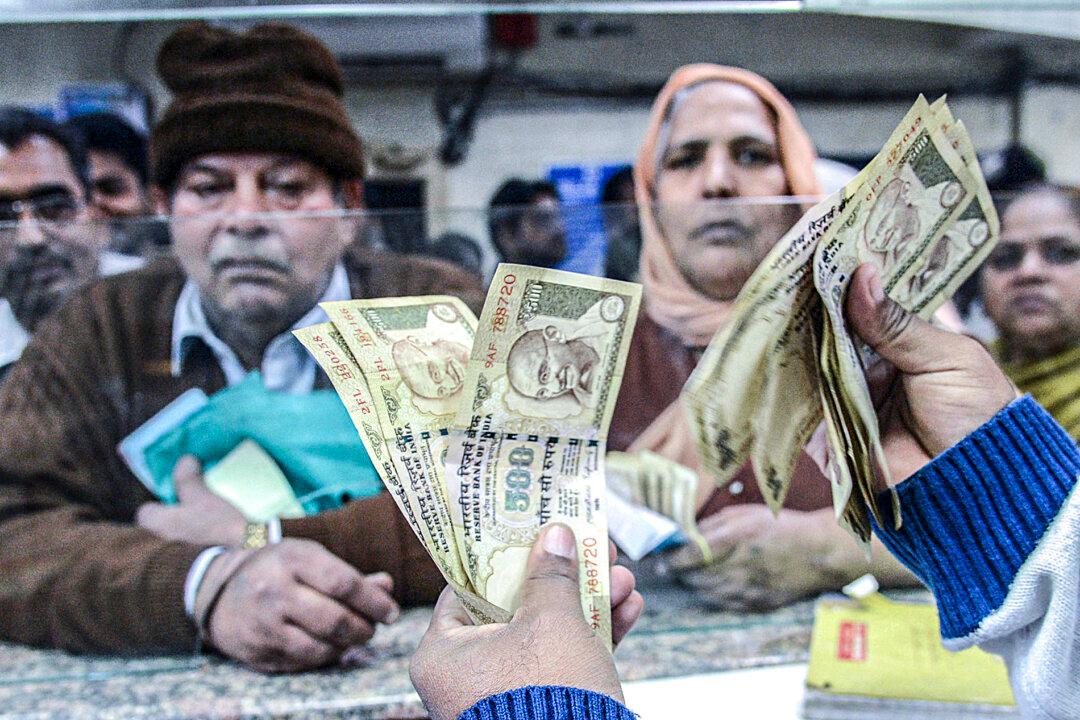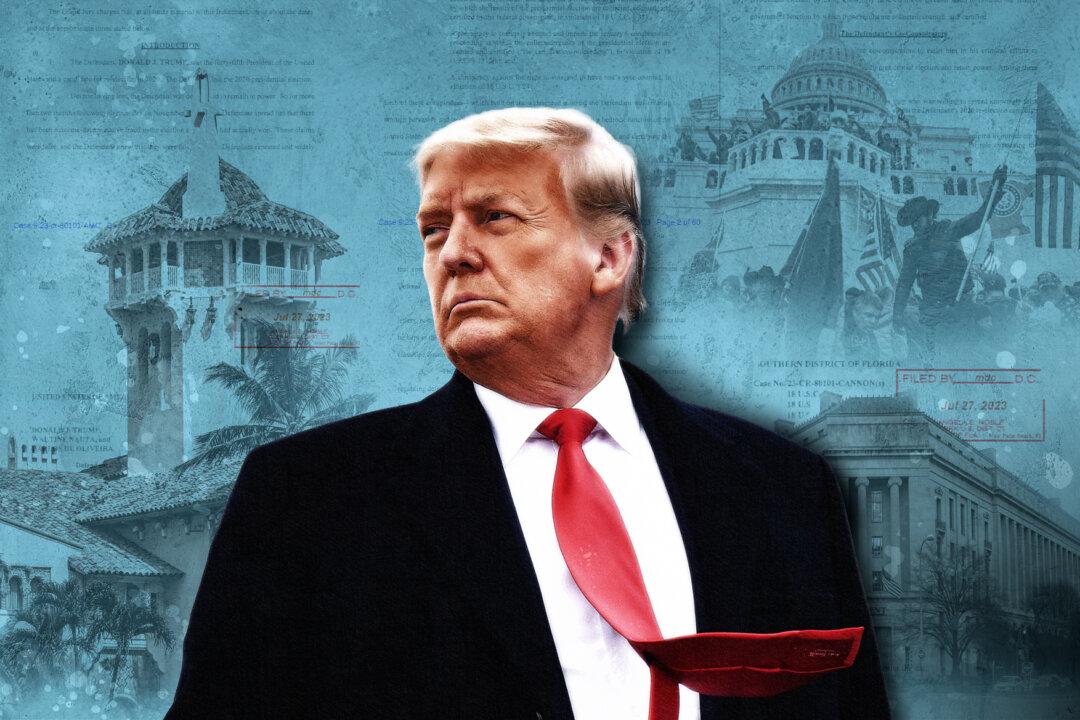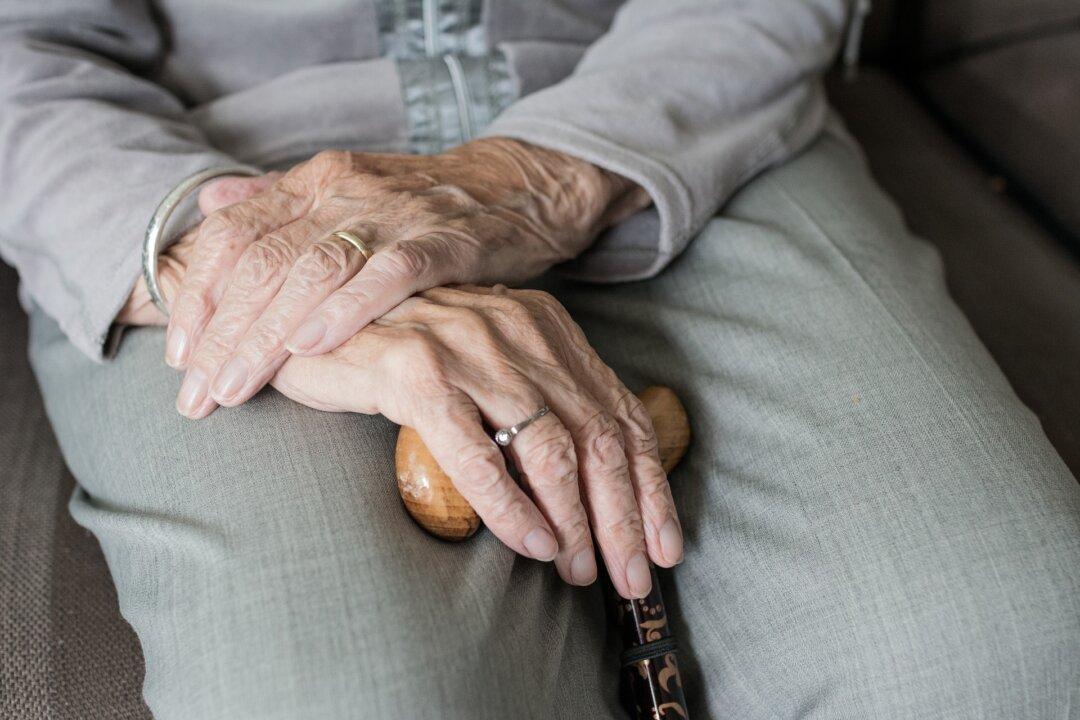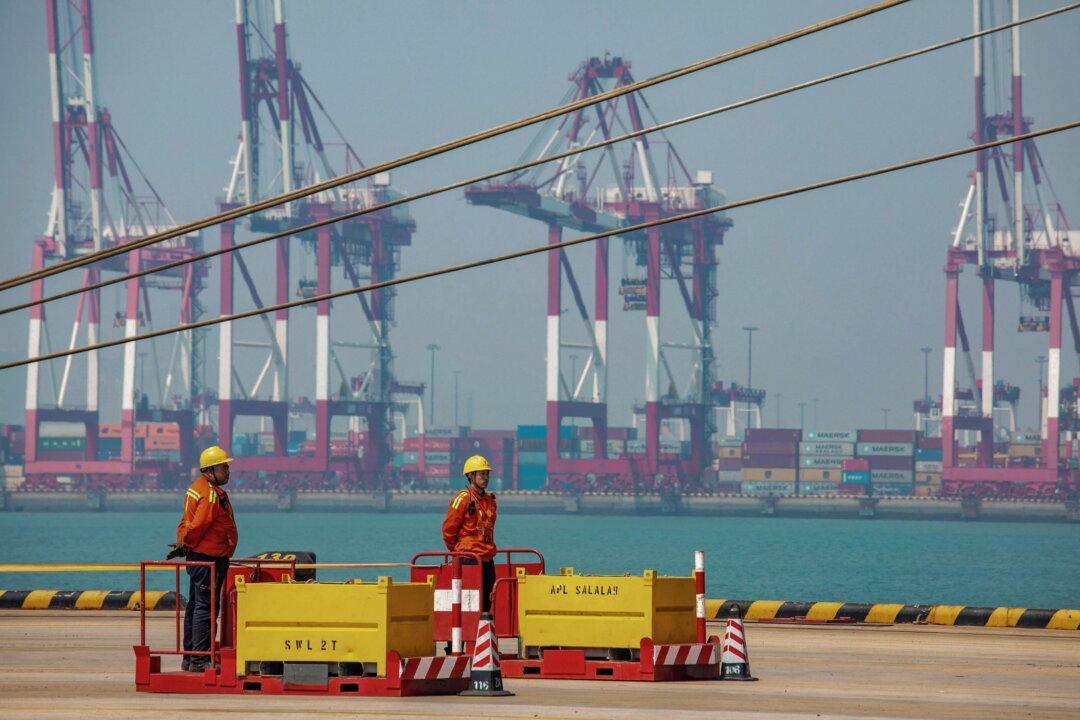Following the announcement last November that 86 percent of India’s currency would be invalidated to help curb corruption, support for the policy has largely held, including among the country’s poor.
NEW DELHI—Last November, India’s Prime Minister Narendra Modi announced what many considered unthinkable.
Overnight, the country’s 500 and 1,000 rupee notes, worth about $7 and $15, would no longer be accepted as valid currency. About 86 percent of the country’s money was removed from circulation.
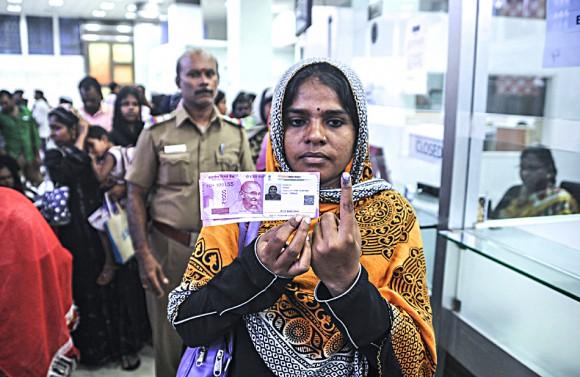
A woman with new 2,000 rupee notes after exchanging 500 and 1,000 rupee banknotes at a bank in Chennai, India, on Nov. 17, 2016. ARUN SANKAR/AFP/Getty Images
